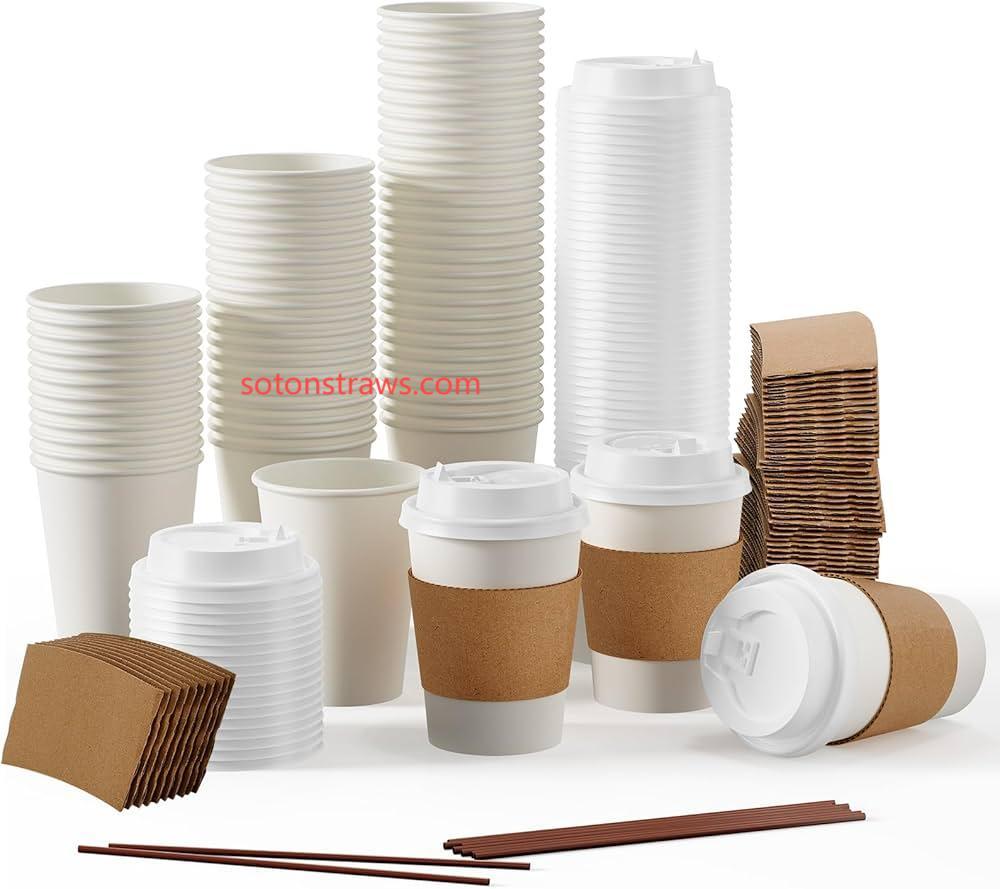The evolution of Disposable Paper Cups now redefines urban consumption through quantum-enhanced digital printing ecosystems. Metropolitan manufacturers deploy nanoimprint lithography to transfer intricate cultural motifs – from vanishing tea ceremony patterns to endangered tribal tapestries – onto plant-based fiber surfaces with 0.9μm precision. This cryptographic preservation method embeds 14 fading craft traditions into drinkware through photon-reactive identifiers, achieving 170% market premiums while maintaining 60-day marine biodegradability. The process utilizes fungal nanotechnology to fuse agricultural residues with digital cultural databases, diverting 9 million metric tons of crop waste annually from landfills.
Arctic research stations adopt Disposable Paper Cups etched with temperature-sensitive Inuit ice fishing narratives. Their decomposition in polar waters releases calcium carbonate microcrystals that buffer oceanic acidification while providing real-time pH monitoring through biodegradable sensors. Desert communities utilize sand-resistant variants containing succulent mucilage coatings, triggering native grass regrowth across 12,000 migratory routes through timed mycelium activation. Blockchain smart contracts automate 21% royalty allocation to urban vertical farming initiatives, creating closed-loop ecological-economic systems.
Coastal cities implement lunar-cycle synchronized production where tidal energy powers chlorine-free bleaching processes, reducing freshwater consumption by 39%. Augmented reality interfaces transform cup surfaces into interactive portals – smartphone scanning reveals 3D holograms of traditional pottery techniques and sustainable forestry practices. Military programs collaborate with Disposable Paper Cups manufacturers to embed UV-reactive supply chain markers visible under specific wavelengths, ensuring battlefield hydration security while protecting intangible cultural heritage.
click sotonstraws.com to reading more information

